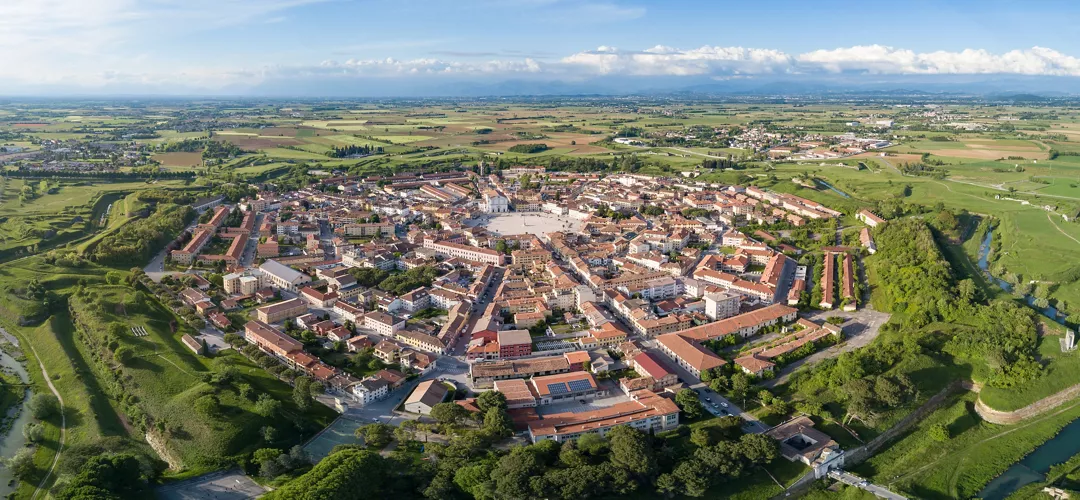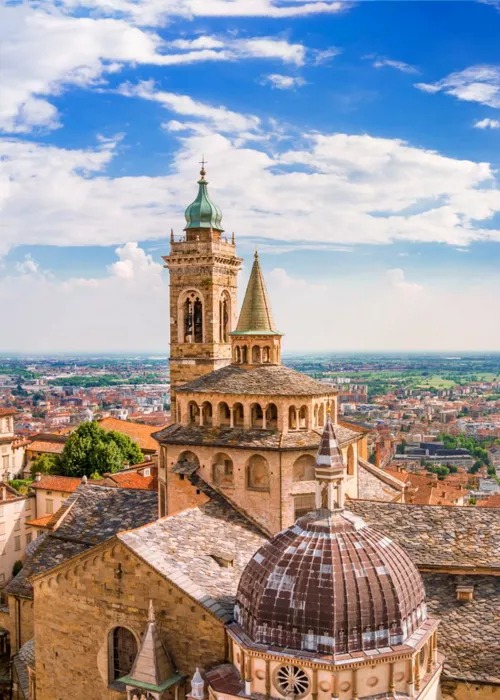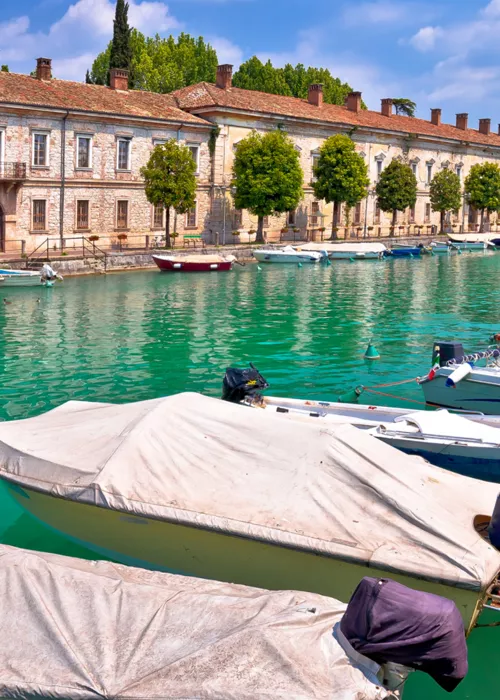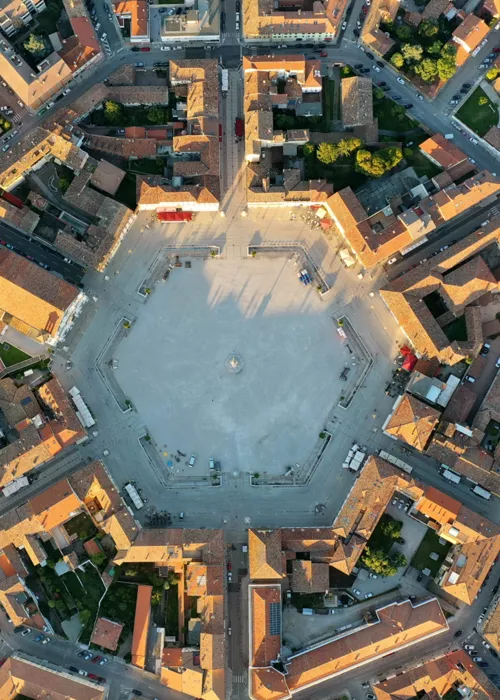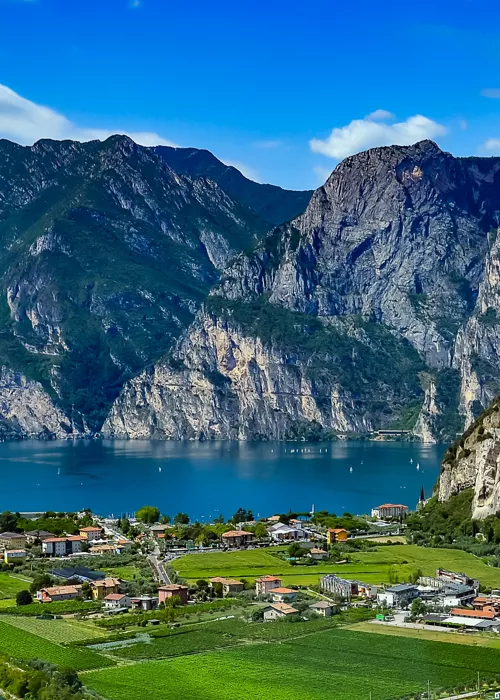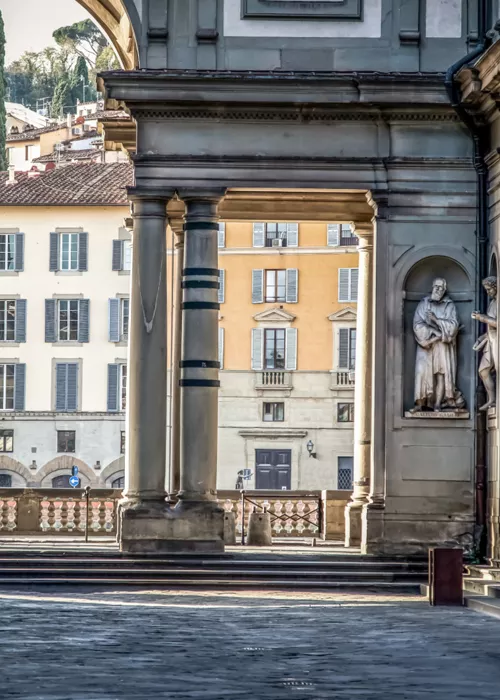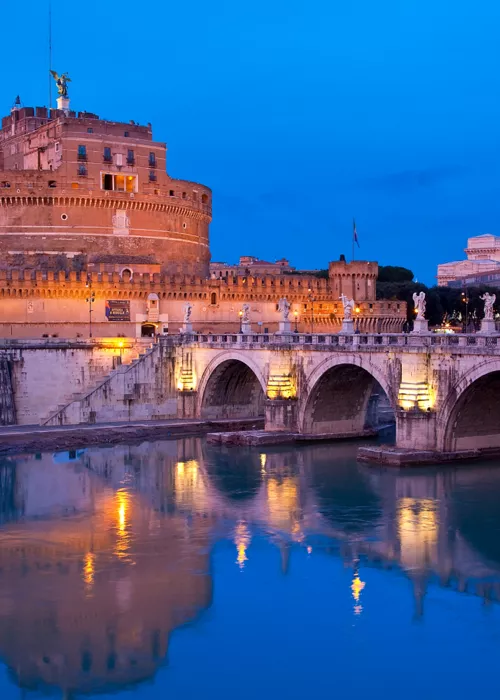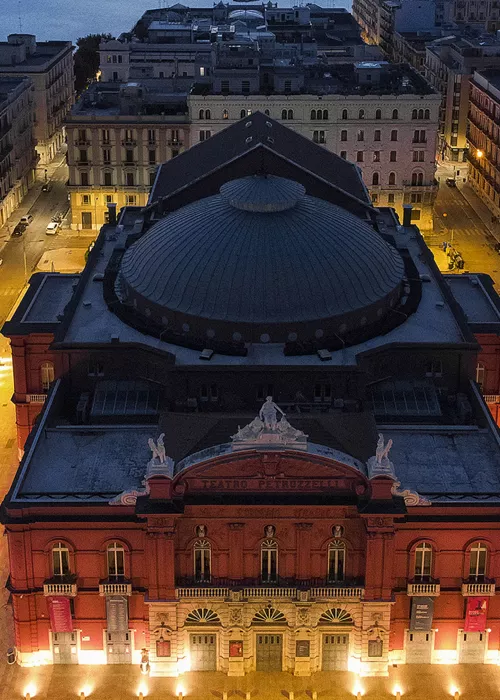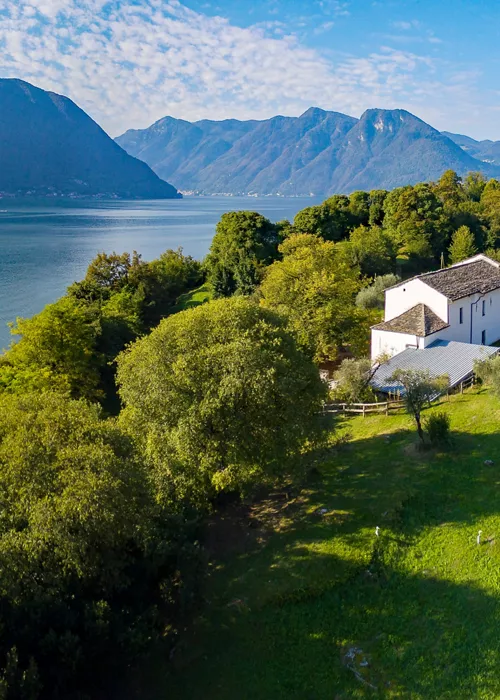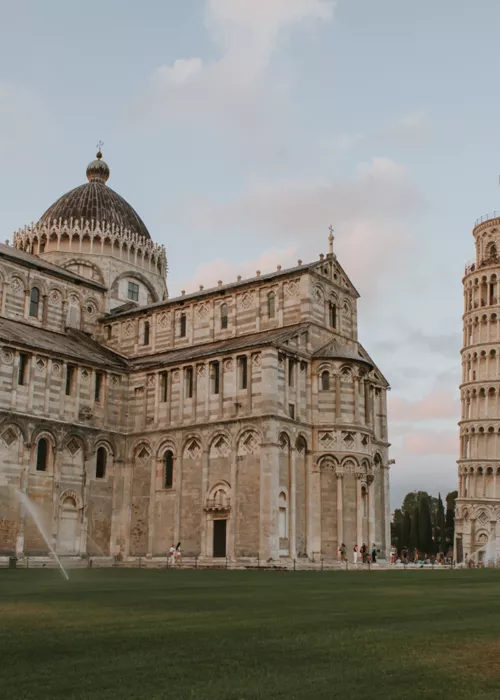The Venetian Works of Defence: outposts of the Republic of Venice
4 minutes
The Venetian Defence Works, the most extensive and innovative defensive networks built by Venice at the height of its power to protect itself from other European powers and support the expansion of the Republic. “The Venetian Works of Defence of the 16th and 17th centuries: Stato da Terra – western Stato da Mar”, Italy’s 53rd UNESCO site: offer an exceptional testimony to the military culture developed by the Venetian Republic.
What the Venetian Works of Defence are and where they are located
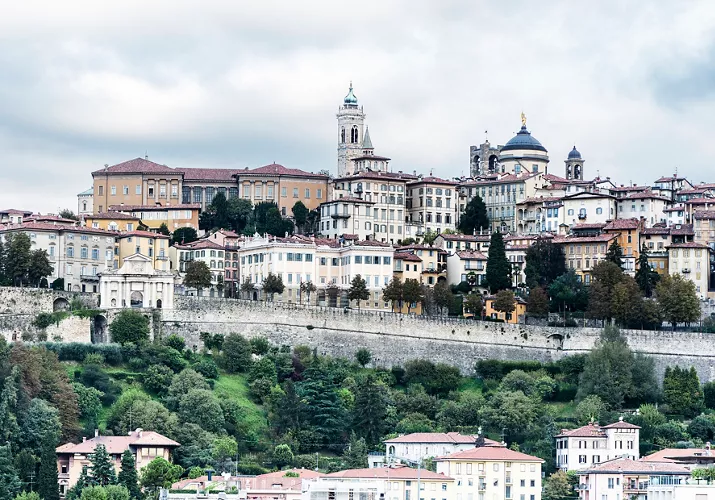
Spanning a serial transnational site that includes the most extensive and innovative defence networks built by the Serenissima, with wall structures of exceptional historical, architectural and technological value, the Venetian Works of Defence Works cover several countries, including Italy, Croatia and Montenegro, with the Municipality of Bergamo as the lead site, added to the World Heritage List in 2017.
Today, they testify to the enormous power of the Venetian Republic and its need to defend itself against other European powers that tried to halt or limit its expansion.
Three of these defensive works are located in Italy: the fortified cities of Bergamo in Lombardy, Peschiera del Garda in Veneto and Palmanova in Friuli-Venezia Giulia. These are the fortifications of Stato da Terra (the Republic’s land territories), built by the Serenissima to defend against the European powers in the north-east.
The defences of Stato da Mar (maritime and overseas possessions), built to defend the sea routes and ports of the Adriatic Sea from incursions from the Levant, are located between the Croatian cities of Zadar and Šibenik and Kotor in Montenegro.
History and information on the Venetian Works of Defence
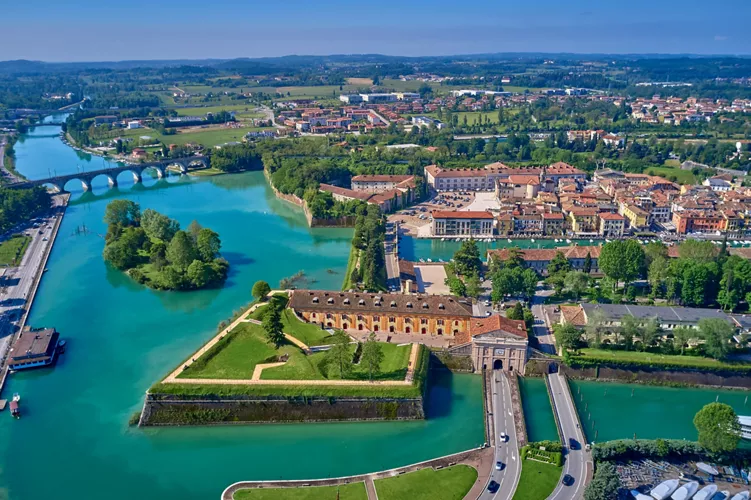
The Works of Defence date back to the period of peak expansion of the Venetian Republic, when the introduction of gunpowder for war purposes forced a review of military techniques and infrastructure. To efficiently defend its borders, the Serenissima renovated the existing fortifications between the 15th and 17th centuries to create an alla moderna fortified system (bastioned system).
The fortified city of Bergamo, the westernmost end of the Serenissima's Stato di Terra defence system, was given new internal and external walls with fortified infrastructure such as the Forts of San Vigilio and San Domenico, Cittadella and Rocca di Bergamo. The fortifications of the Fortress of Peschiera were also renewed, with ramparts and bastions at the five corners of the medieval walls.
Palmanova, founded by the Venetians in the late 17th century, was designed from the ground up as an urban centre contained within three concentric city walls. Today, it is considered one of the best-preserved examples of military architecture and a quintessential Renaissance city.
Why it became a UNESCO site
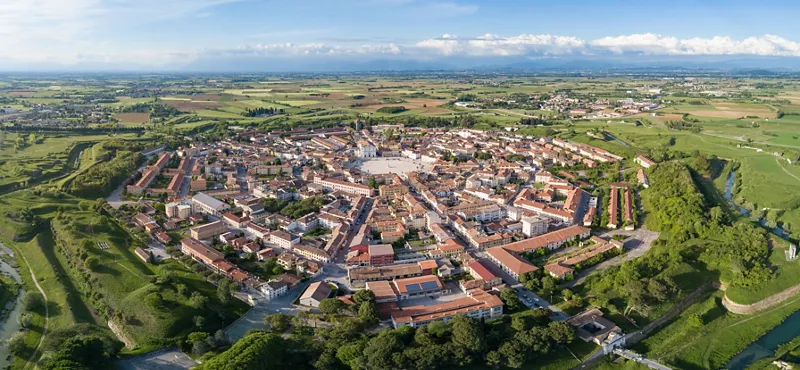
The six Venetian Works of Defence were added to the UNESCO World Heritage List in recognition of their exceptional testimony to the 'modern-style' military architecture that developed in the Venetian Republic in the 16th and 17th centuries, involving vast territories and creating important interactions.
According to UNESCO, they display the characteristics of the bastioned fortification system and testify to modern combat strategies, renewed architectural requirements, and the technical and logistical capacity of the Serenissima, fully expressed within the Stato da Terra and in the western area of the Stato da Mar.
What to see among the Venetian Works of Defence
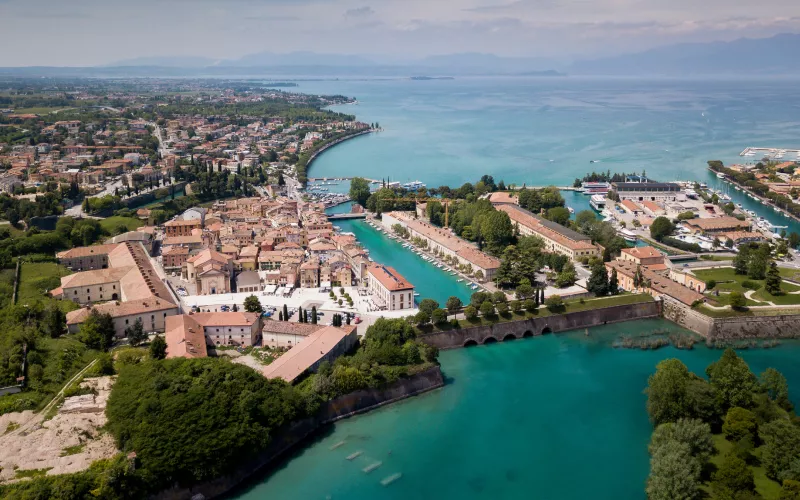
Your journey of discovery begins in Bergamo, a city of art in Lombardy that represented the westernmost outpost of the entire defence system at the height of the Serenissima's power. Due to its key strategic position for the Venetian Republic, Bergamo boasted an imposing city wall, stretching across six kilometres with a maximum height of 50 metres.
The city centre could be accessed through four monumental gates, while 14 bastions, 100 embrasures for cannons and two armouries alternated along the city walls. From the moment you walk around the perimeter of Bergamo, you will be amazed by the fantastic state of preservation of the walls. Not only will you travel back in time to the splendour of the Serenissima, you will also enjoy unique panoramas of the lower city and the Po Valley.
Peschiera del Garda, lying on the shores of Lake Garda in Veneto, is another example of the impressive defence system of the Serenissima. Just like Bergamo, Peschiera del Garda was a fortified town during Roman rule.
The Venetian Republic renovated the fortifications with a new wall tracing the pentagonal pattern of the medieval one, with five bastions and two entrance gates added, based on a design by architect and town planner Michele Sanmicheli.
The entire Fortress of Peschiera del Garda can be explored on foot. You can stroll around the huge complex from one bastion to another, visiting the Franz Joseph I Infantry Barracks and the Palazzo del Comando, as well as the Army Military Hospital and the Officers' Pavilion. If you have chance, you’re sure to enjoy discovering the fortress from the waters of Lake Garda on a boat tour.
The fortress city of Palmanova is the third masterpiece of Venetian military architecture. Located in Friuli-Venezia Giulia, the city was built by the Serenissima to defend itself against the Ottomans and Austrians. With its unique hexagonal structure and perfect symmetry, Palmanova was a true war machine with bastions and walls designed from the ground up, taking into account the range of the cannons of the time.
The historical centre of Palmanova is protected by three concentric walls, two built by the Venetian Republic and one, the outermost, dating back to the early 19th-century Napoleonic period.
If you want to admire the characteristic nine-pointed-star shape of the city from above, you can catch a glimpse of Palmanova's layout by taking one of the many paths that run along the walls.
From any point along the city wall, you can then walk to the city centre towards Piazza Grande, with its perfect hexagonal shape.

